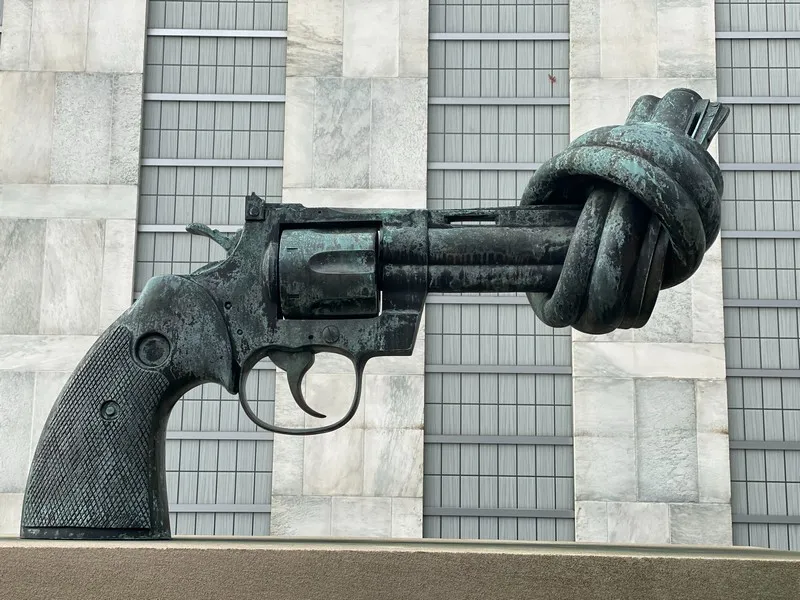In the field of sociology, Pierre Bourdieu’s concept of symbolic violence provides a valuable framework for understanding the dynamics of power and inequality within educational systems. Symbolic violence refers to the subtle, often unconscious ways in which dominant social groups exert their power and control over others, shaping their beliefs, behaviors, and social status. In the context of education, Bourdieu’s theory helps shed light on how the educational system perpetuates social inequalities and reinforces existing power structures.
1. Cultural Capital and Educational Inequality
Bourdieu argues that the concept of cultural capital plays a crucial role in perpetuating educational inequality. Cultural capital refers to the knowledge, skills, and cultural resources that individuals acquire through their socialization and upbringing. According to Bourdieu, individuals from privileged backgrounds have access to a greater amount of cultural capital, which gives them an advantage in the educational system. This advantage manifests in the form of language proficiency, familiarity with academic norms, and exposure to cultural practices valued by the educational institutions.
For example, students from affluent families may have access to resources such as books, tutors, and extracurricular activities that enhance their educational opportunities. On the other hand, students from disadvantaged backgrounds may lack these resources, leading to a lack of cultural capital and a disadvantage in the educational system. This perpetuates social inequalities as the educational system privileges those with greater cultural capital.
2. Reproduction of Social Class
Bourdieu’s theory of symbolic violence also highlights how the educational system acts as a mechanism for the reproduction of social class. According to Bourdieu, the dominant social groups establish the norms and values that define what is considered legitimate knowledge and success within the educational system. These norms and values reflect the interests and perspectives of the dominant groups, reinforcing their position of power.
For instance, the curriculum and assessment methods in schools often prioritize certain forms of knowledge and skills that are aligned with the cultural capital of the dominant groups. This can result in the exclusion or devaluation of knowledge and skills that are more prevalent in marginalized communities. As a result, students from disadvantaged backgrounds may find it difficult to navigate the educational system and achieve academic success, further entrenching social inequalities.
3. Symbolic Violence in Educational Practices
Bourdieu argues that symbolic violence is not limited to the structural aspects of the educational system but is also present in everyday educational practices. For example, teachers may unconsciously reinforce existing social hierarchies by favoring students who conform to dominant cultural norms and expectations. This can manifest in the form of biased grading, differential treatment, or the perpetuation of stereotypes.
Symbolic violence can also be observed in the hidden curriculum, which refers to the implicit messages and values conveyed through the educational system. For instance, the emphasis on obedience, conformity, and competition in schools can reinforce existing power structures and social inequalities.
4. Resistance and Counteracting Symbolic Violence
While Bourdieu’s concept of symbolic violence highlights the ways in which the educational system perpetuates inequalities, it also opens up possibilities for resistance and change. Recognizing and challenging the mechanisms of symbolic violence can help create a more inclusive and equitable educational environment.
Efforts to counteract symbolic violence can include promoting diversity in the curriculum, incorporating the experiences and perspectives of marginalized communities, and providing support and resources to students from disadvantaged backgrounds. Empowering students to critically analyze and question the dominant norms and values can also contribute to challenging symbolic violence within the educational system.
Conclusion
Pierre Bourdieu’s concept of symbolic violence provides valuable insights into the dynamics of power and inequality within educational systems. By understanding how cultural capital, the reproduction of social class, and everyday educational practices contribute to symbolic violence, we can work towards creating a more inclusive and equitable educational environment that challenges existing power structures and promotes social justice.






